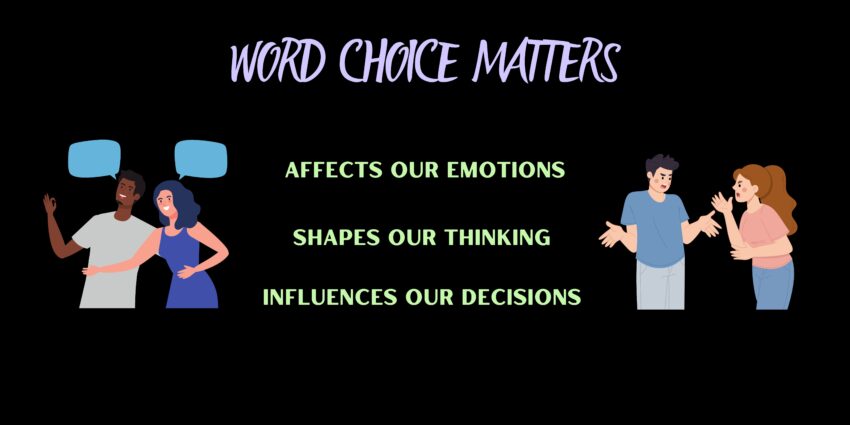Making Sense – Definitions for Understanding
Have you ever talked to someone, but they misunderstood what you said? Did your joke come off offensive? It happens all the time because of our word choice. Words have meaning based on how they are phrased, the situation, and your tone. Avoid confusion by learning how to use words. By learning how words function, we can have meaningful and precise conversations.
Fixed Meanings of Words
It’s easy to assume that words always have fixed meanings—after all, that’s what dictionaries are for, right? However, it isn’t that simple. The meaning of our words can change by our body language or tone of voice. For example, if you are sarcastic, that can reverse the entire meaning of someone’s sentence. This is often why a breakdown in communication results when sending via text versus speaking in person. How we deliver the message can result in confusion and even anger because our conversation was taken the wrong way.
Why Context is Everything
To truly understand what someone means, we have to look at both the words themselves and the bigger picture—how they’re said, who’s saying them, and what’s happening at the time. Words alone don’t carry meaning; they need context to make sense.
This becomes especially tricky in text messages and online chats, where tone and body language are missing. Ever sent a message that someone took the wrong way? Without the usual cues like facial expressions or voice inflection, it’s easy for things to get lost in translation.
That’s why so many arguments start over text—it’s not always what’s being said, but how it’s being read.
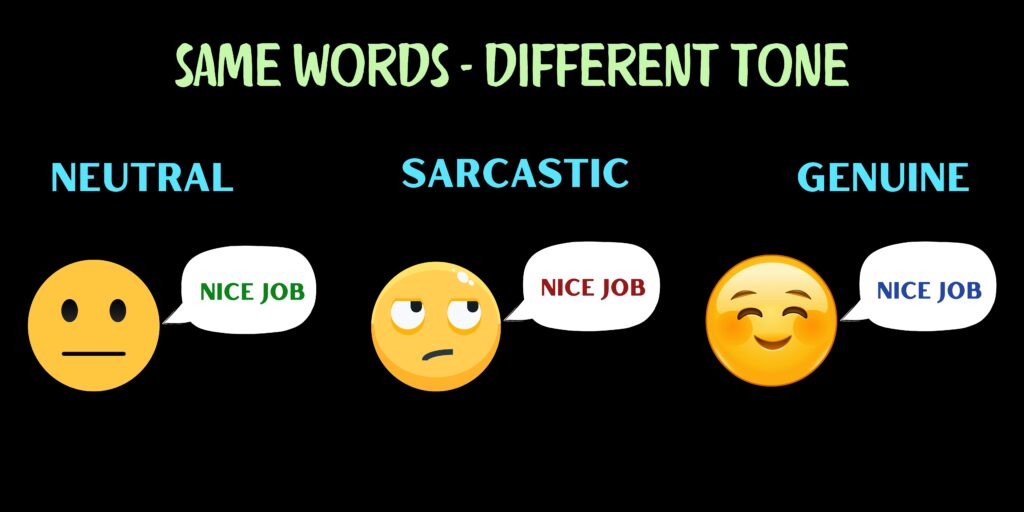
The Risks of Missing Context
In today’s fast-paced digital world, we communicate in short bursts—texts, tweets, and quick comments. While this keeps things efficient, it also removes important details. Misunderstandings happen often because emotions and nuance don’t always translate well in a 280-character post.
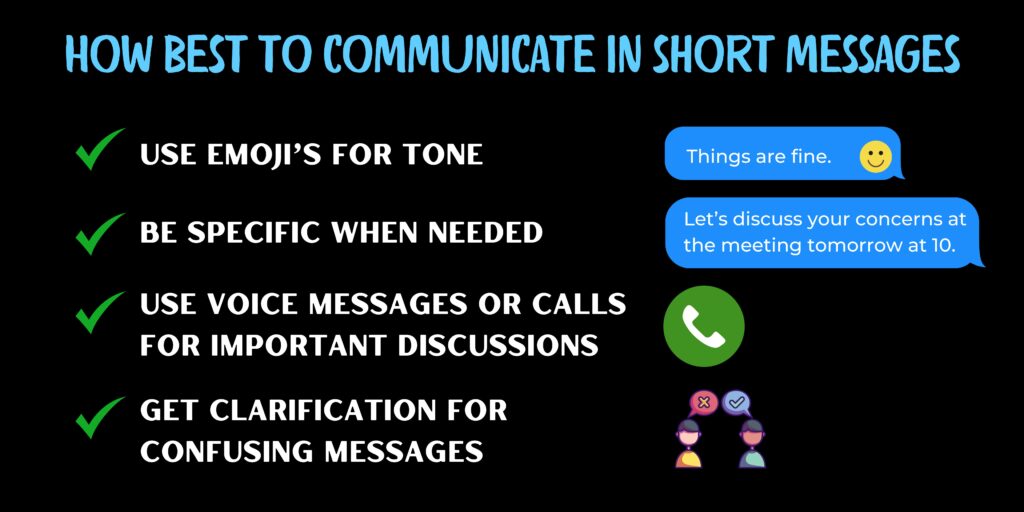
Jordan Peterson has pointed out that brief messages often strip away emotional depth, making it harder to fully express ideas. While social media and texting are great tools, they’re not always the best for deep, meaningful conversations.
On the other hand, immediate conversations like phone calls or video meetings cut down on confusion through their tone of voice.
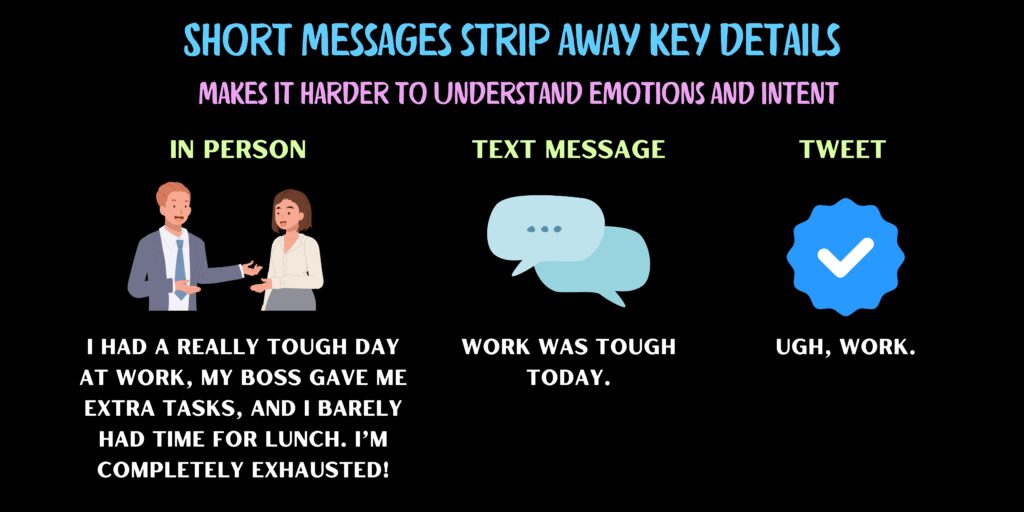
How Words Influence Perception
Words don’t just convey meaning; they shape how we think and feel. J.R.R. Tolkien talked about the “enchantment” of words—how stories and language can create a sense of magic and wonder. Politicians, advertisers, and influencers can manipulate words to convince us to buy or do something.
That’s why critical thinking is so important. When listening to someone speak, it helps to pay attention not just to their words, but also to their tone, delivery, and intent. Is that person trying to manipulate your emotions? Are they trying to push an agenda by their phrasing?
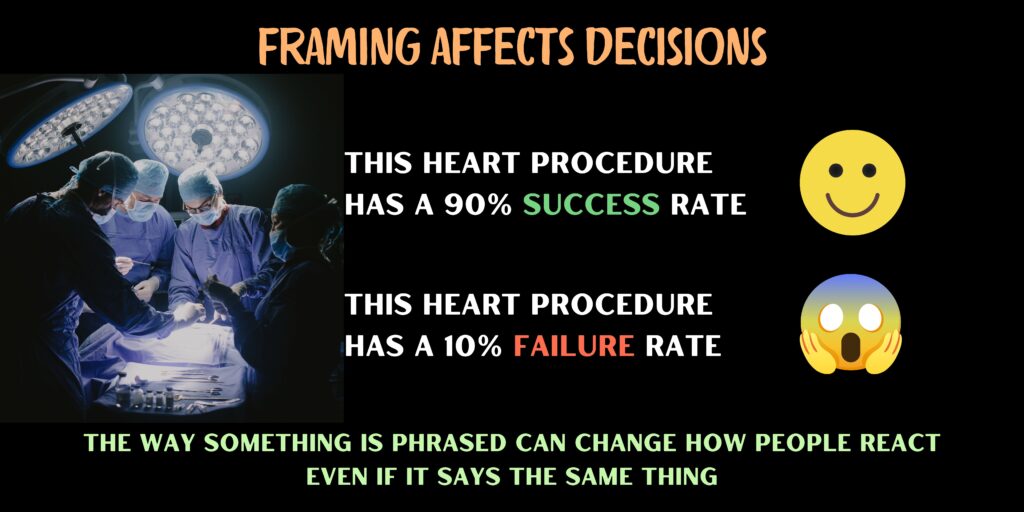
Seeing Disagreements in a New Light
Many disagreements stem from different life experiences and perspectives. Take the phrase “proper policing”—it might mean one thing to a police officer and something entirely different to someone who’s had a negative encounter with law enforcement.
To Recap
Word meaning is dependent on the situation, the speaker’s tone, and body language. By noticing these aspects we can avoid running into confrontations. By keeping an open mind, we can have meaningful and respective connections.
For more information about word choice, please watch Making Sense – Definitions for Understanding – Meanings and Words by Navigating Patterns
Related Articles
Sense Making Series
Making Sense of the World
How to Think Better


